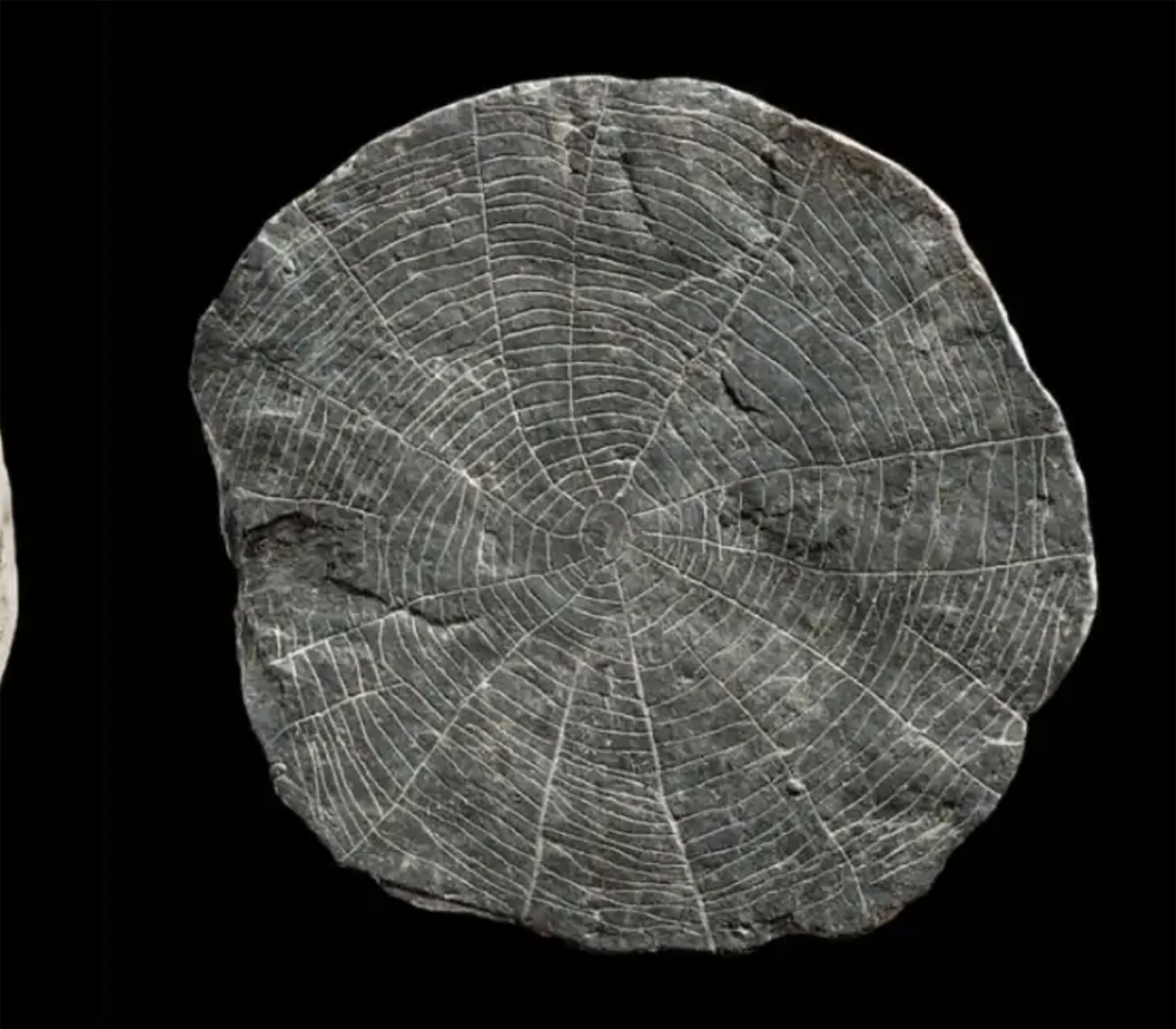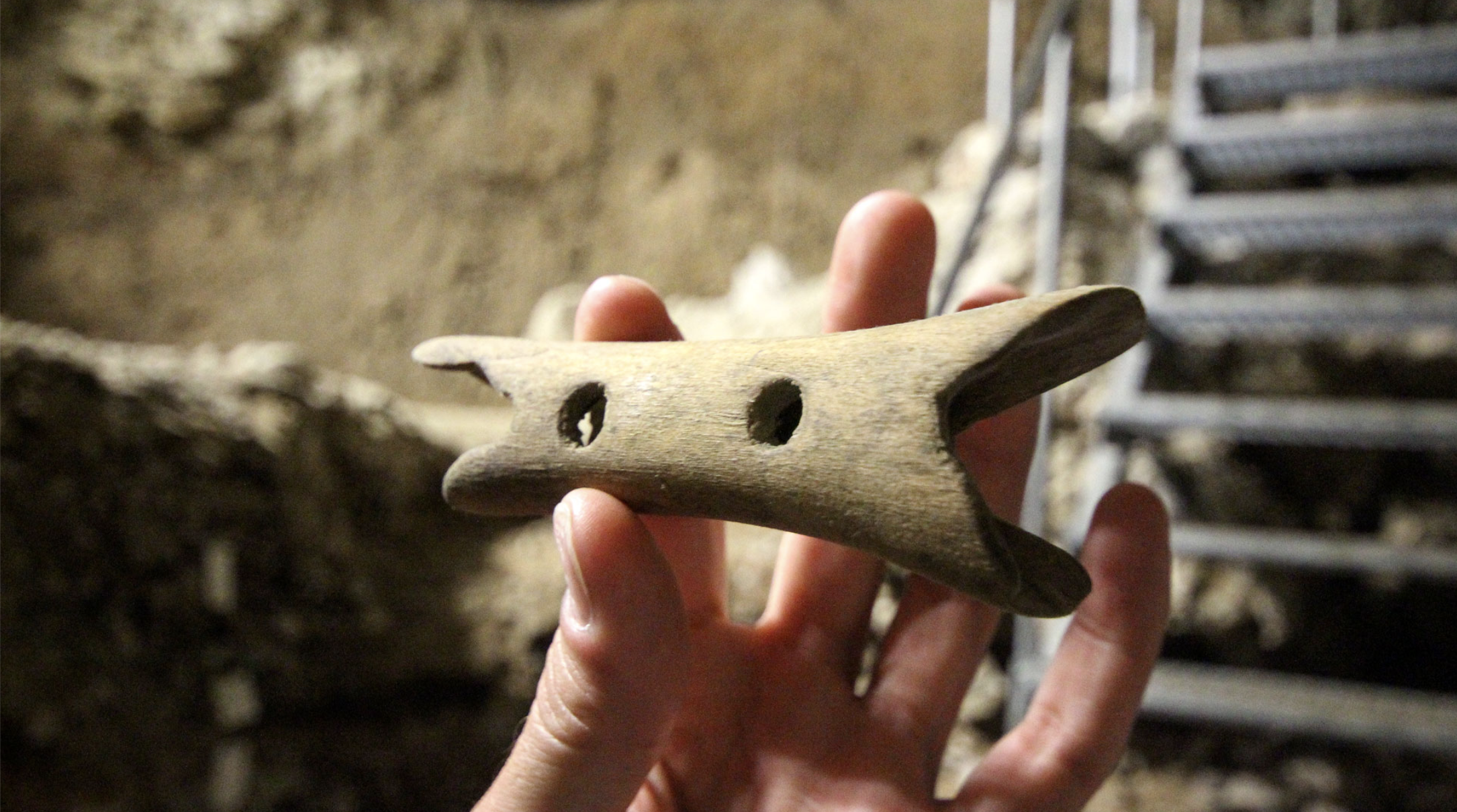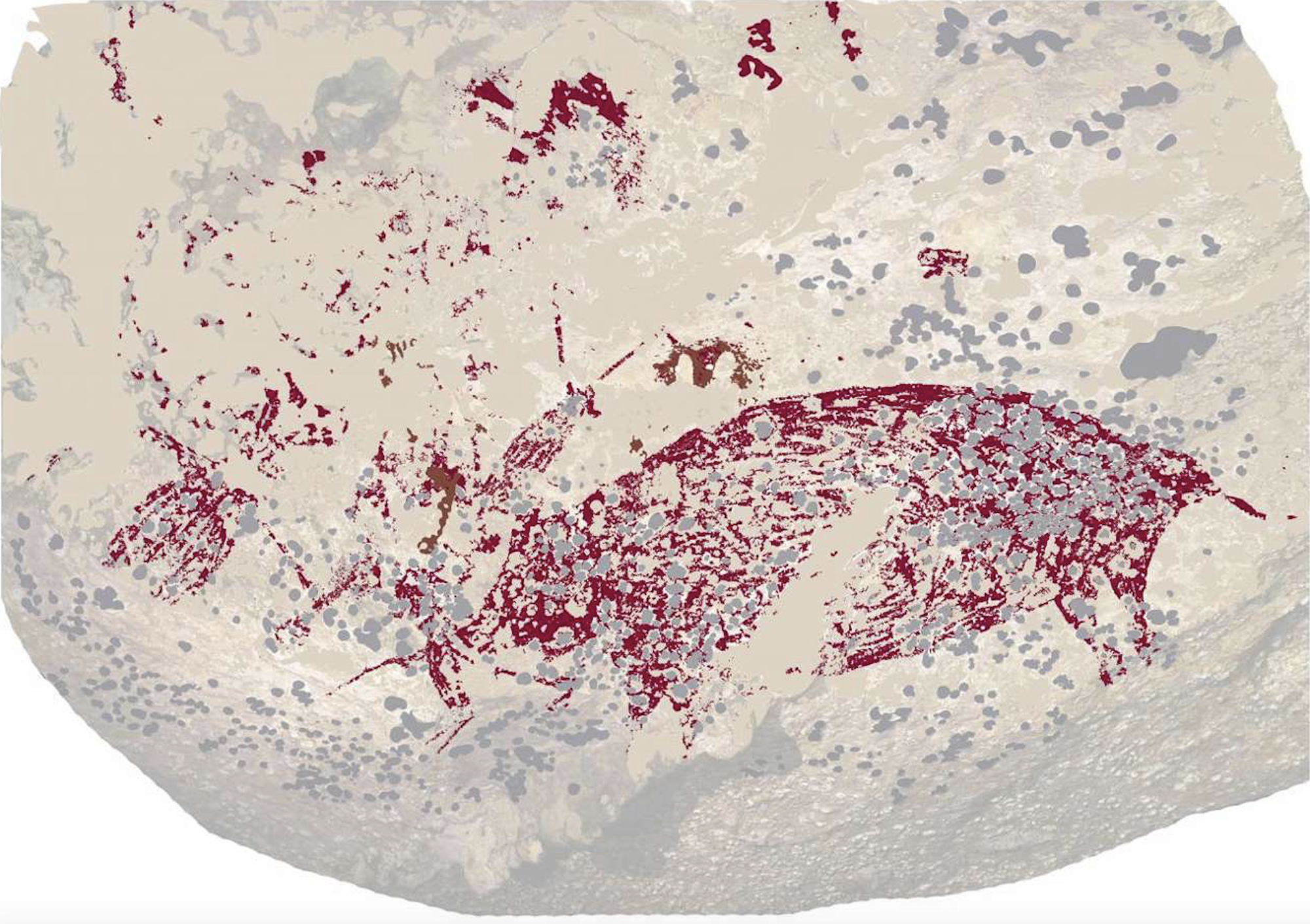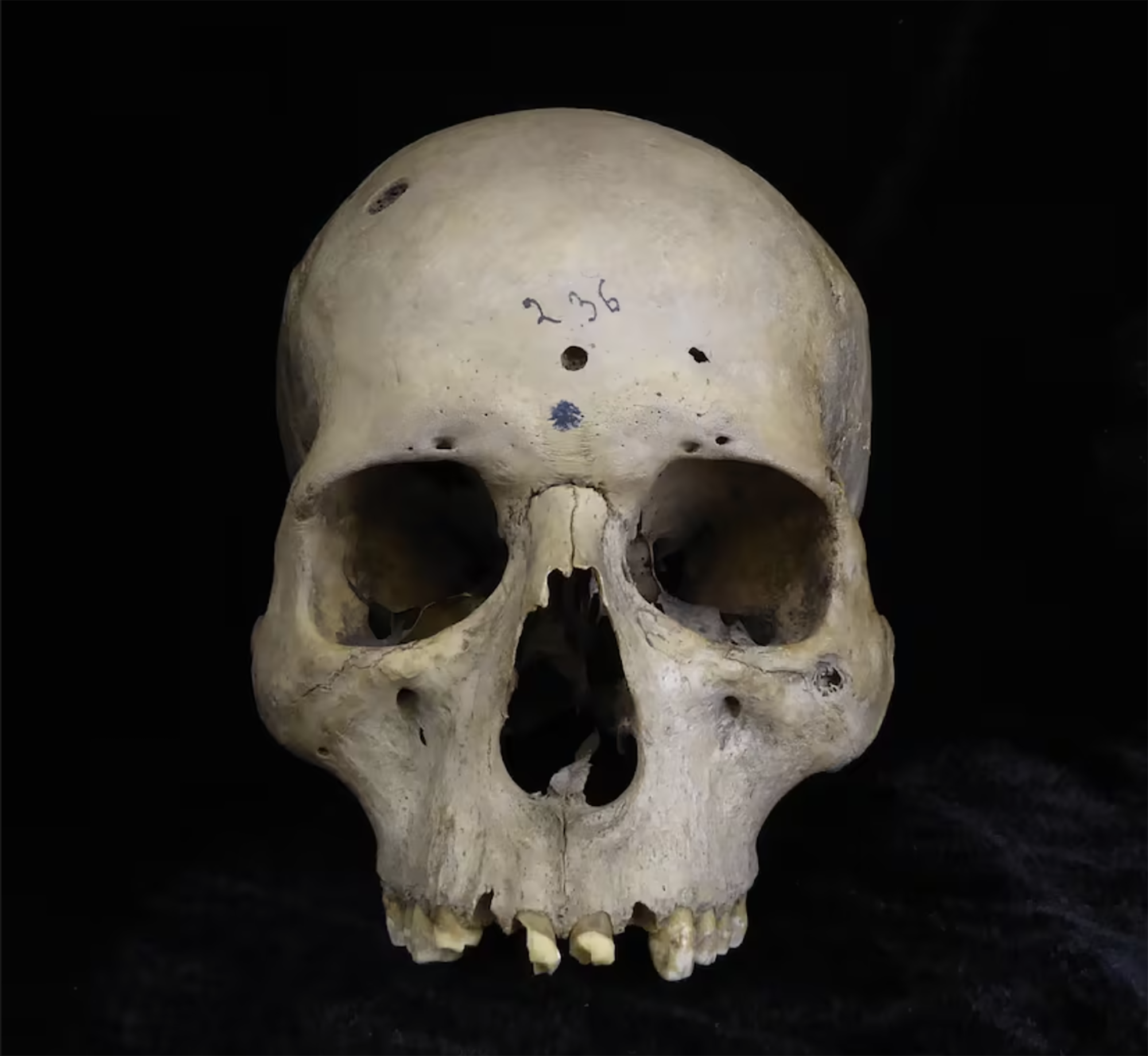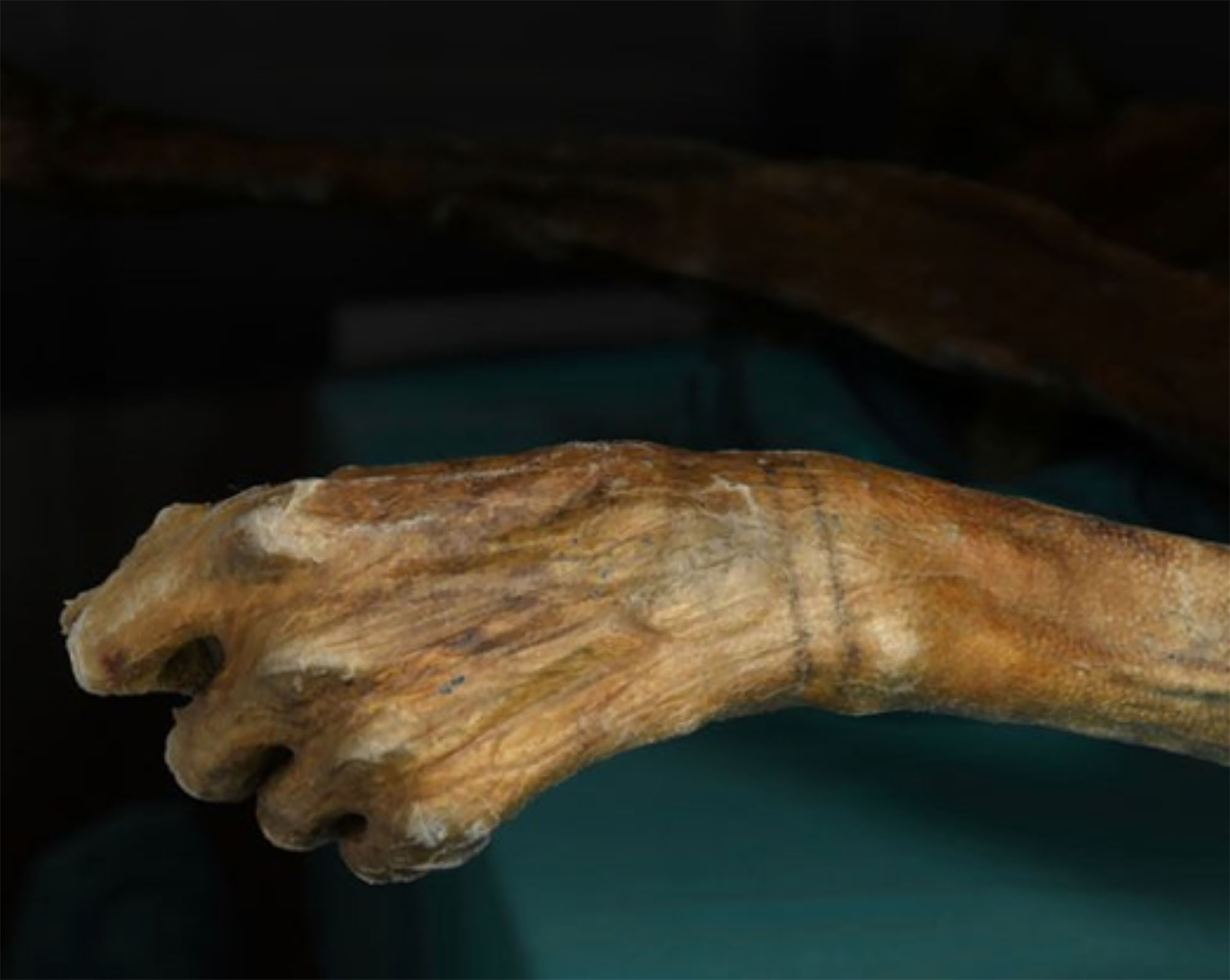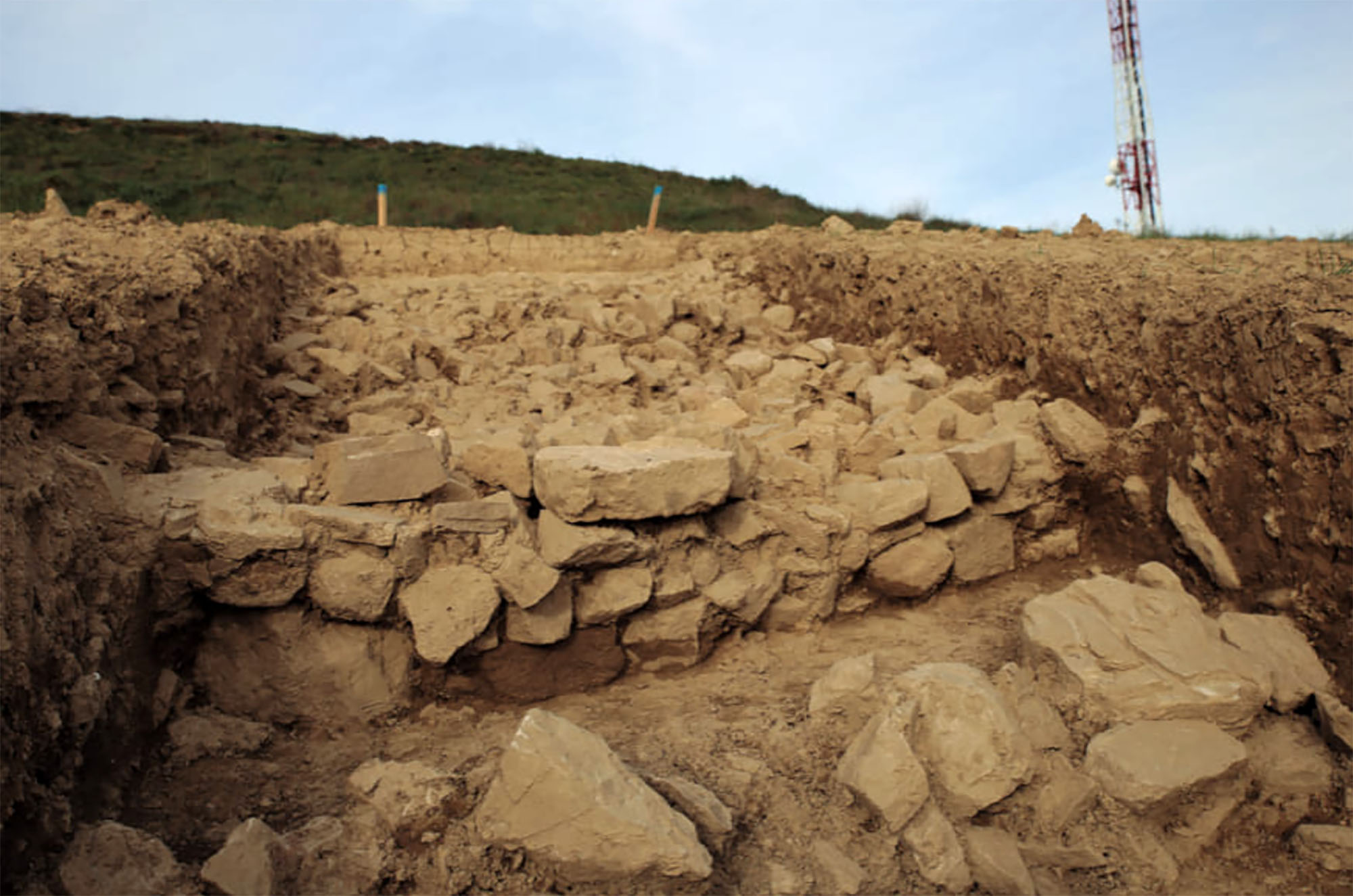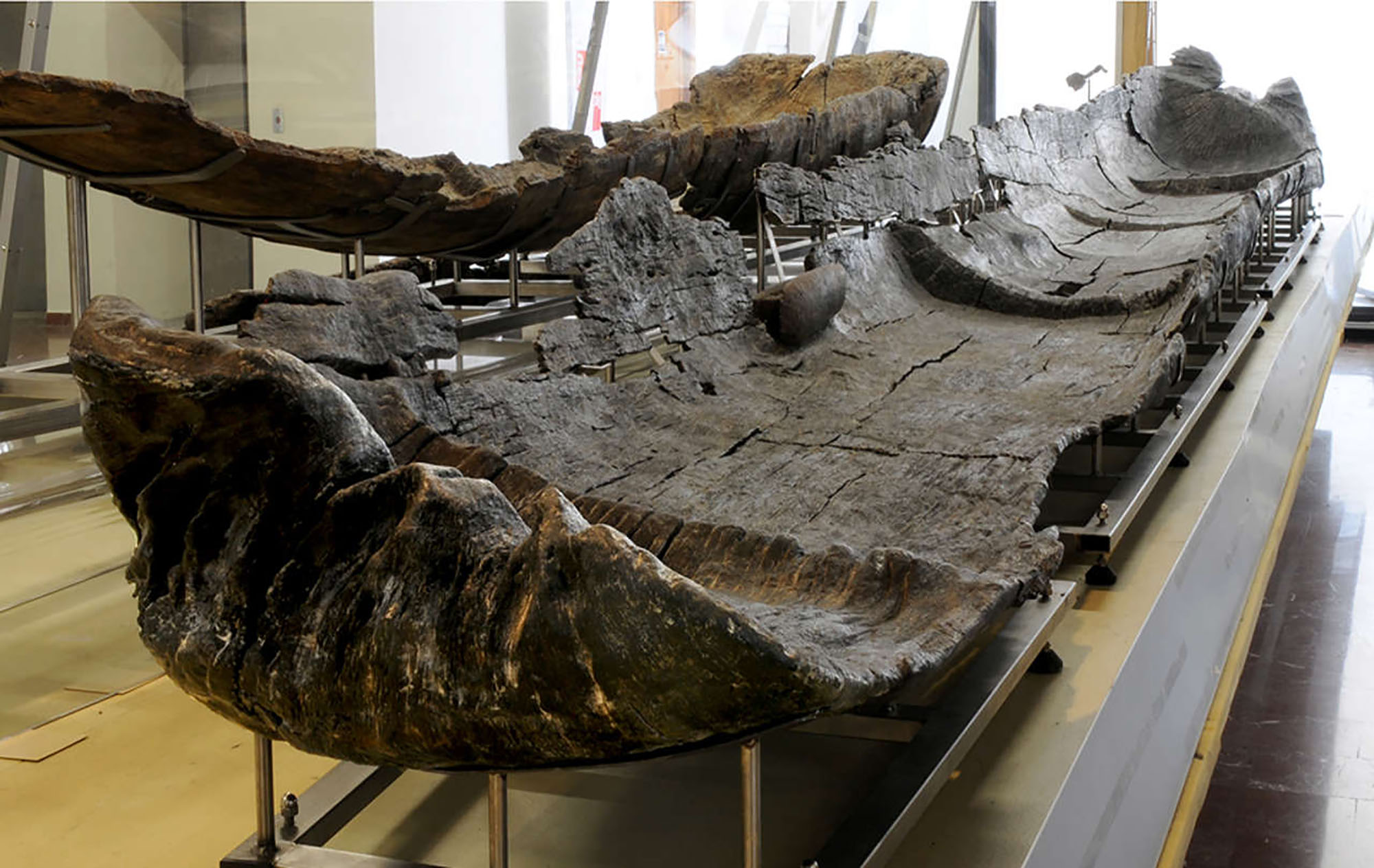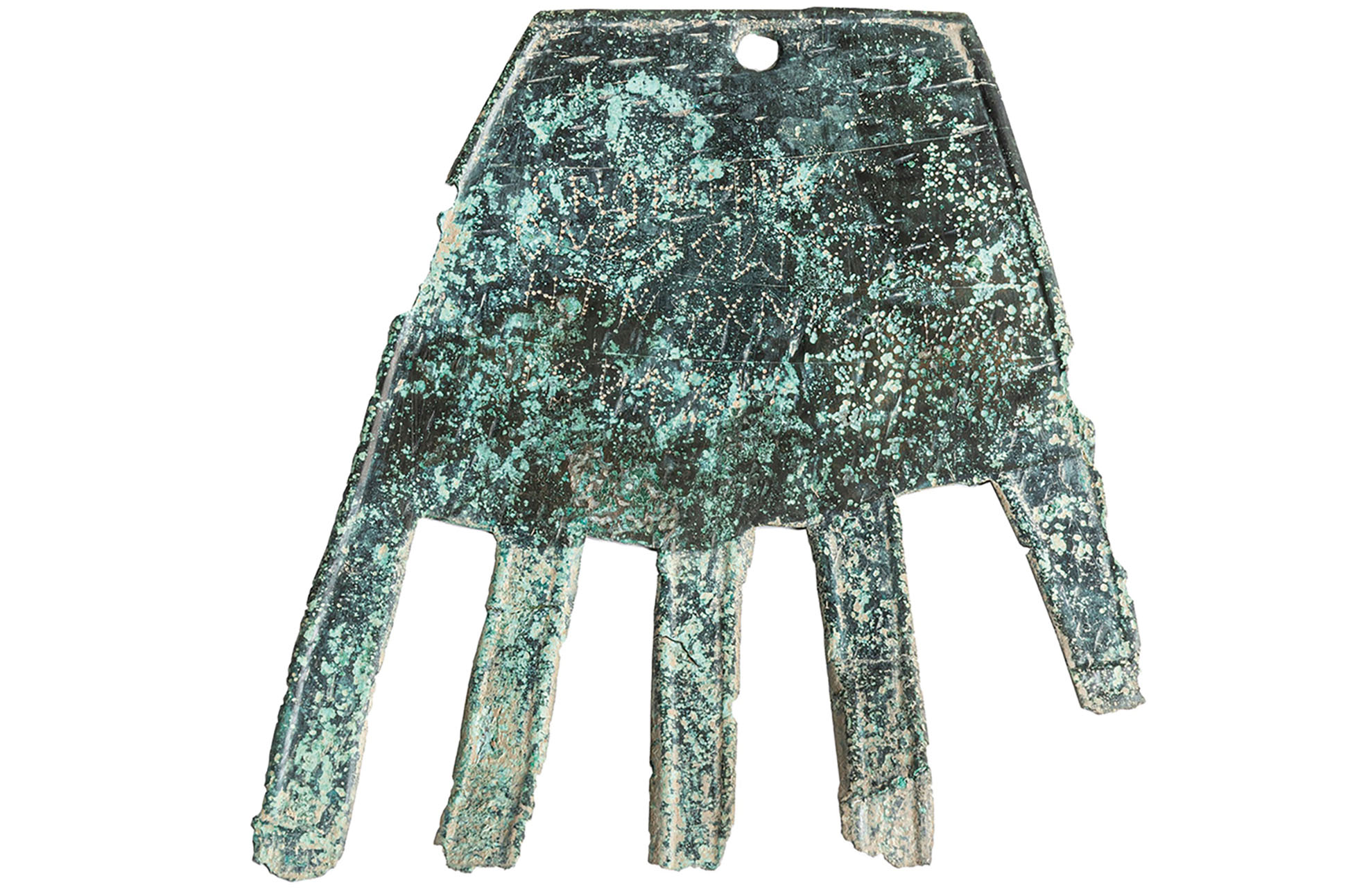Neanderthal remains found in San Adrián cave
- The Society of Sciences Aranzadi has made an important discovery in the excavation of the cave of San Adrián, in a layer prior to the appearance of the modern man: the stone utensils made by Neanderthals and the bones of the common fauna.

From these clues, archaeologists have no doubt that at least 40,000 years ago Neanderthals used the cave. This is a step between Gipuzkoa and Álava in the Aratz-Aizkorri mountains, the highest place where Neanderthal remains have been found.
The archaeologist of Aranzadi, Jesús Tapia Sagarna, has been one of the excavation directors, according to which they already suspected that they could find remains of Neanderthals. “San Adrián has always been the cave of casual findings. In the main step, with so many buildings and movements, you couldn't tell if there was anything. At first, therefore, we work on cleaning and probing. There were medieval references, and the first searches focused on it. But in those first surveys, in 2011, remnants of occupation of the Bronze Age were found. Among them were some songs similar to those of the Bronze Age. Our hypothesis was that under the cloak of the Bronze Age there would be older ones and that in the Bronze Age, by making the holes, they would surface.”

Returning to this hypothesis and concluding the excavation of the Bronze Age, new surveys were carried out and remains of the last Ice Age were found: Madeleine and Azil (between 13,000-14,000 years). “This puts us in front of another scenario where the climate was then much cooler than the current one, it was a relatively warm moment but within the glacier. And those men were hunter-gatherers, nomads, and we proved that they were also up to the height,” Tapia explains.
In addition, when they cleaned the wall, they realized it was much higher than they thought. 7 metres. “Therefore, the cave filling reached a much deeper depth. And at the foot of the wall there appeared a pair of pieces of characteristic odor: they were pieces of volcanic stone, but their technique was not that of modern man; they fled from the Neanderthals. So we took the track.”
Testimony of Neandertal
In the following years excavations were carried out in the Azil and Madeleine period, and another deeper survey was carried out last year. Tapia says: “In Haisera, in the lower layers of the Madeleine period, we found nothing, but we saw that there were lands of different characteristics, related to climate variations. In fact, in the Spleen of the Ice Age, there were cooler and more temperate times. And this year, as soon as we begin, we have touched a layer of temperate time, with the bones of a few small animals, with the prey left by birds… and among them, some clearly trapped by man.”
Although the species to which they belong has not yet been determined, Tapia believes that they were the median mammals: deer, wild… And it is evident that they were scraped and broken by man to remove the meat and extract the marrow. Soon after they began to draw some stone tools, with no trace of modern man's techniques.
This layer was very thin and when you start searching underneath it, other pieces appear. “A scraper appears, for example. In total, they do not reach twenty pieces, but at least two are undoubtedly working with the technique we know of the Neanderthals. They belong to the Moustier period”, matiza Tapia. He wanted to make it clear, yes, that they have not found human bones.

They still have a lot to do, both in depth and in width, and they expect more information. In any case, the finding of Neanderthal remains at such a location is significant, indicating a deep knowledge of the environment. In fact, the San Adrián cave is not a temperate refuge, but is a thousand meters high and is a step. “The Neanderthals would know, they would go up to the other side. That is, they had a strategic knowledge of the environment, they knew the possibilities of the place,” Tapia said.
In this sense, he stressed that, contrary to what was previously believed, they were not so different from us, with intelligence and capacity” We do not know why they disappeared, but it was not because they were very scarce on our part”. In Tapia's opinion, this puts our species in front of the mirror, because if they were lost, maybe we too are in danger.
In the Maszycka cave in Poland, remains of 18,000 years ago were found at the end of the 19th century. But recently, human bones have been studied using new technologies and found clear signs of cannibalism.
This is not the first time that a study has reached this conclusion,... [+]
Archaeologists have discovered more than 600 engraved stones at the Vasagård site in Denmark. According to the results of the data, dating back to 4,900 years ago, it is also known that a violent eruption of a volcano occurred in Alaska at that time. The effects of this... [+]
Ethiopia, 24 November 1974. Lucy's skeleton was found in Hadar, one of the oldest traces of human ancestors. The Australian hominid of Australopithecus afarensis is between 3.2 and 3.5 million years old.
So they considered it the ancestor of species, the mother of all of us. In... [+]
A group of archaeologists from the University of Berkeley, California, USA. That is, men didn't launch the lances to hunt mammoths and other great mammals. That was the most widespread hypothesis so far, the technique we've seen in movies, video games ...
But the study, published... [+]
Geissenkloesterle (Germany), 42,000 years ago. Those living in the cave of the Danube basin made a flute with bird bones and mammoth ivory. At the same time, the inhabitants of the cave of Divje Babe in Slovenia also made a flute with the femur of a bear. These are the oldest... [+]
In the south of the Indonesian island of Sulawesi, in the cave of Leang Karampuang, archaeologists from the Griffith and Southern Cross universities and the Indonesian National Agency have discovered a painting of three anthropomorphic figures and a boar. According to the study... [+]
Two years ago, the Catalan archaeologist Edgard Camarós, two human skulls and Cancer? He found a motif card inside a cardboard box at Cambridge University. Skulls were coming from Giga, from Egypt, and he recently published in the journal Frontiers in Medicine, his team has... [+]
Since they discovered the corpse of Ötzi in the Alps in 1991, the 5,000 years preserved in very good condition have been used for numerous investigations. From the beginning, the 61 tattoos he had on his skin were the ones that cared for him. Experts believed these tattoos were... [+]
Between 1992 and 2006, in the waters of Lake Bracciano of Rome, the site of La Marmotta del Neolitico was excavated early. They recently published in Plos One magazine a study on the five piraguas found there. It is estimated that the boats are between 7,000-7,500 years... [+]
In the Gulf of Mecklenburg, in Baltic waters, archaeologists identified in 2021 a stone structure of almost a kilometre. Now a team of interdisciplinary researchers has published a study on the wall in the journal PNAS.
The structure is about 10,000 years old and has come to... [+]
This weekend I visited a cave with prehistoric paintings. Paints made with iron oxide and manganese about 30,000 years ago. These visits seem interesting to me to relocate our place as human beings in the world, they are an opportunity to rethink the “development” of recent... [+]










